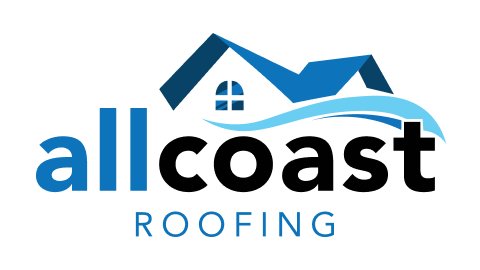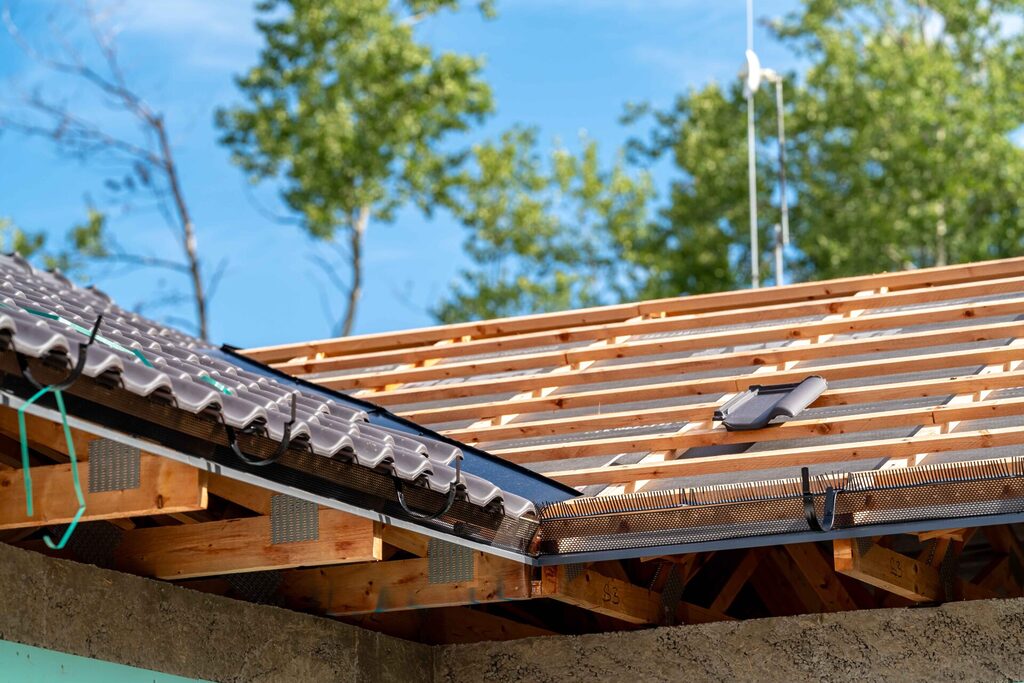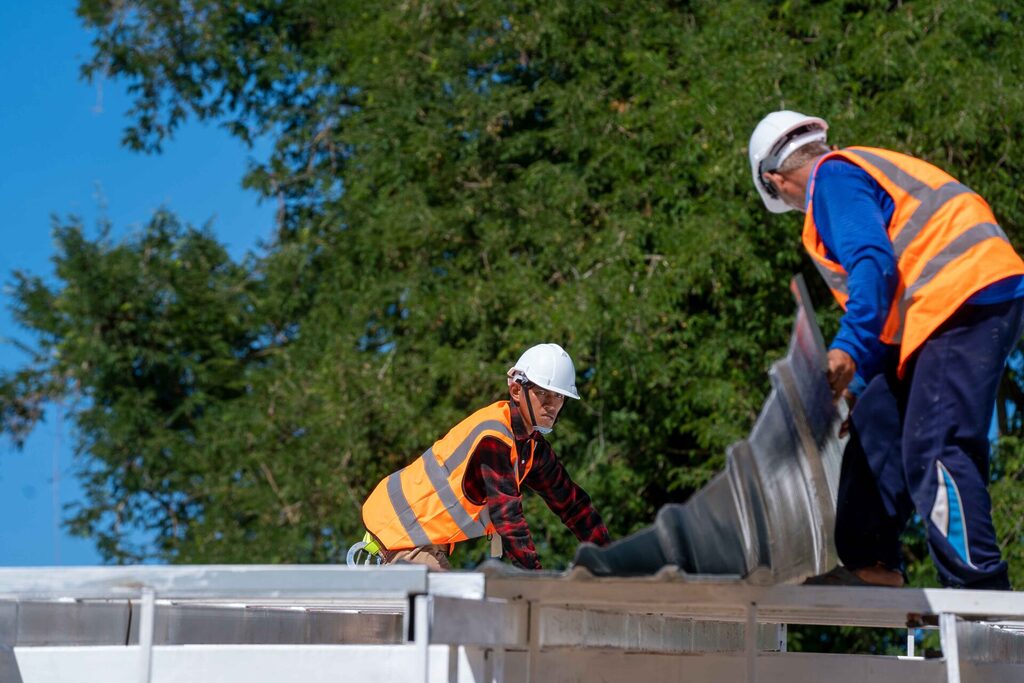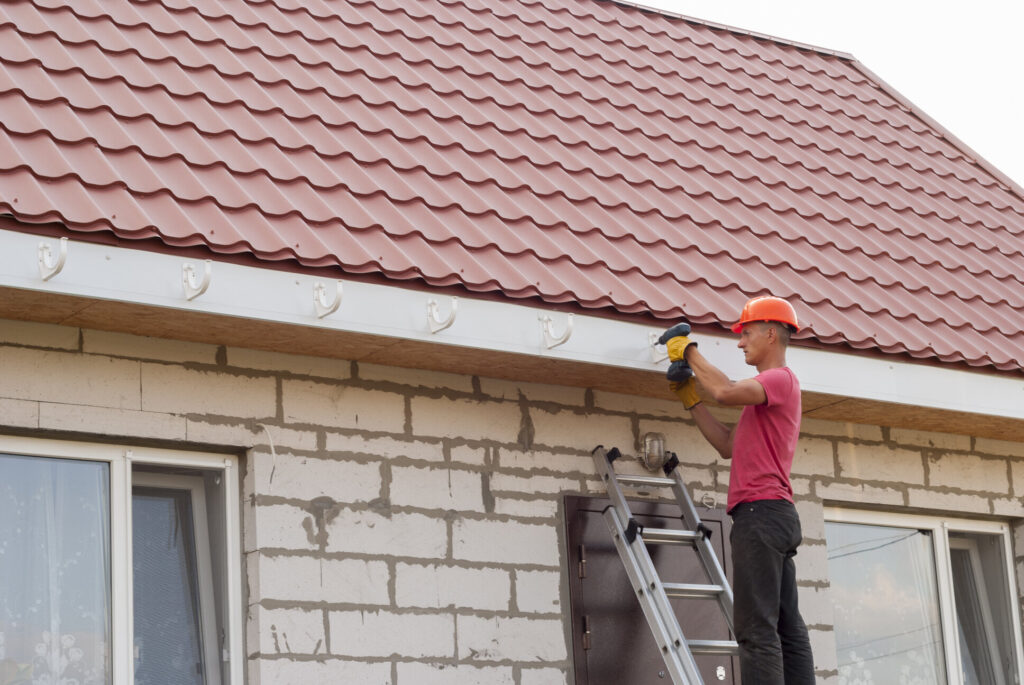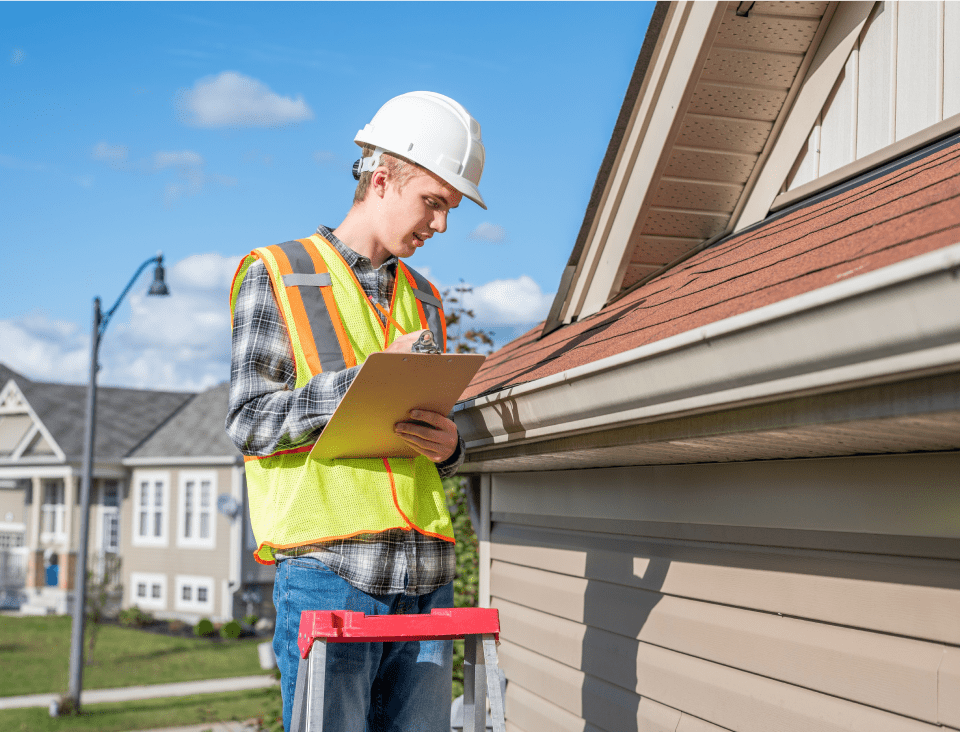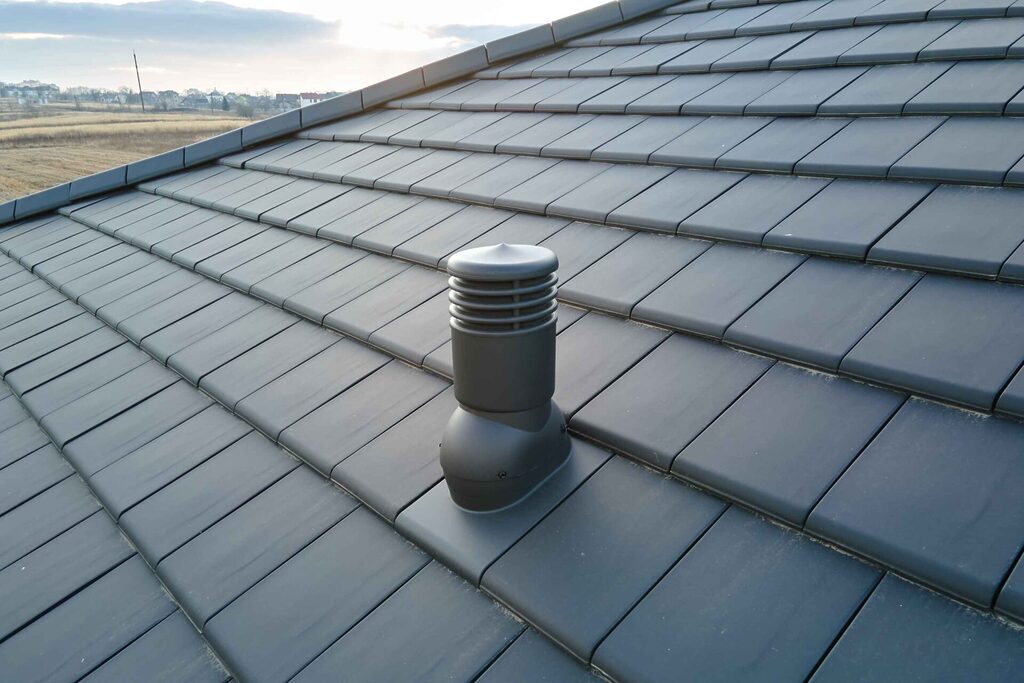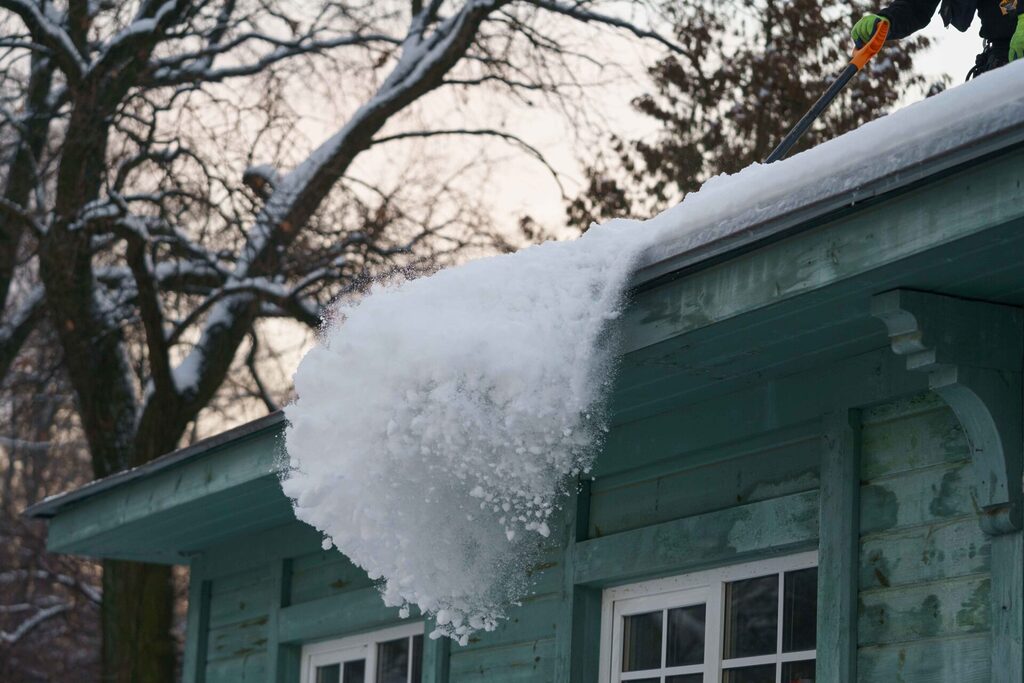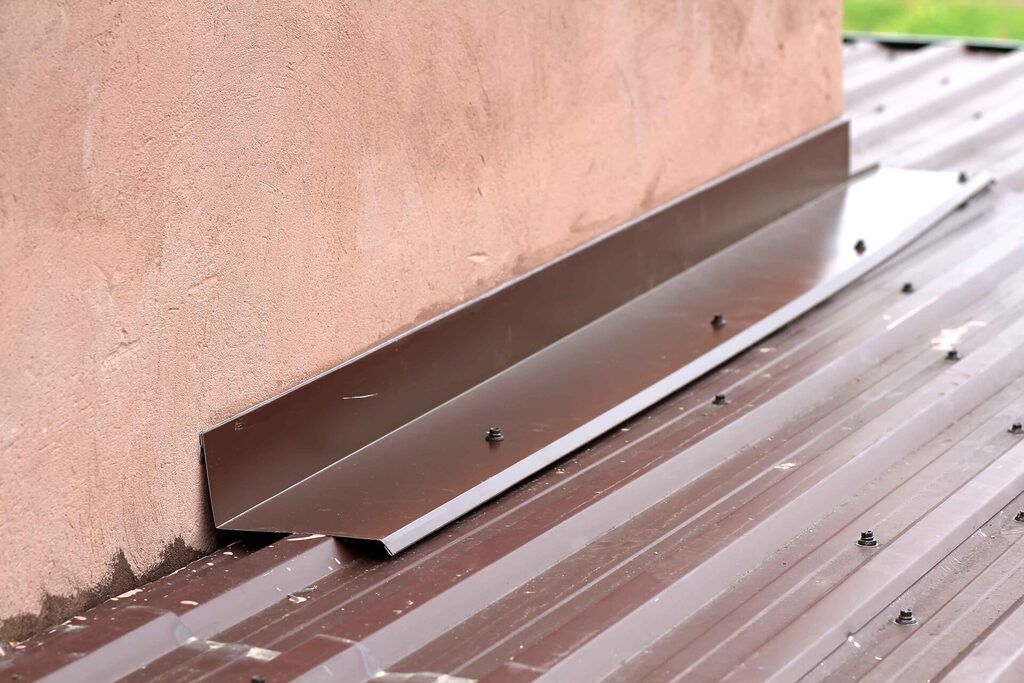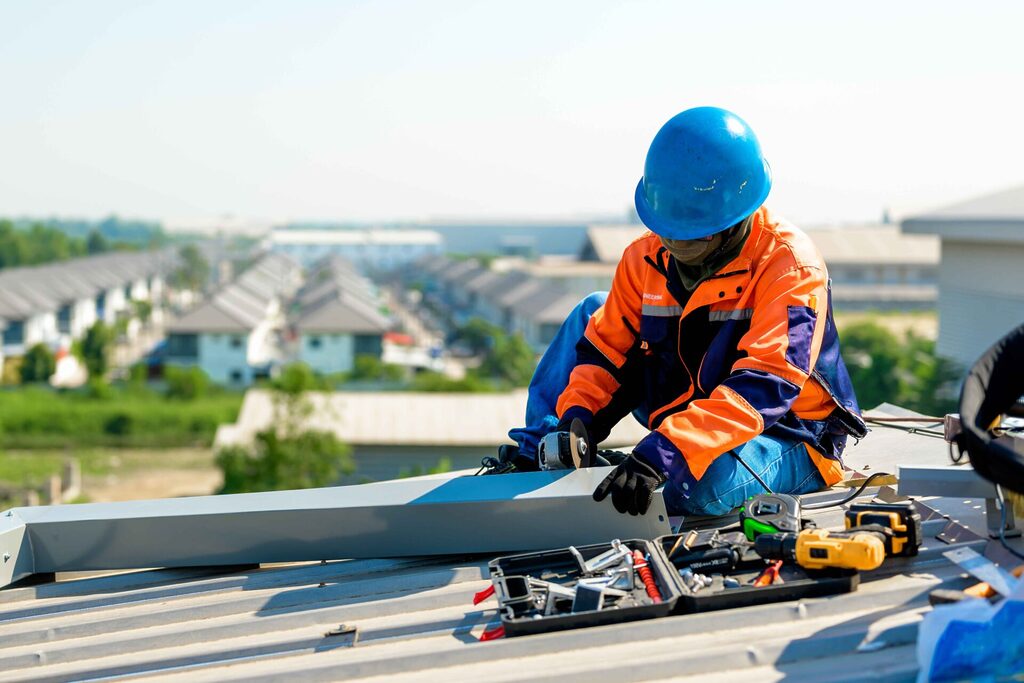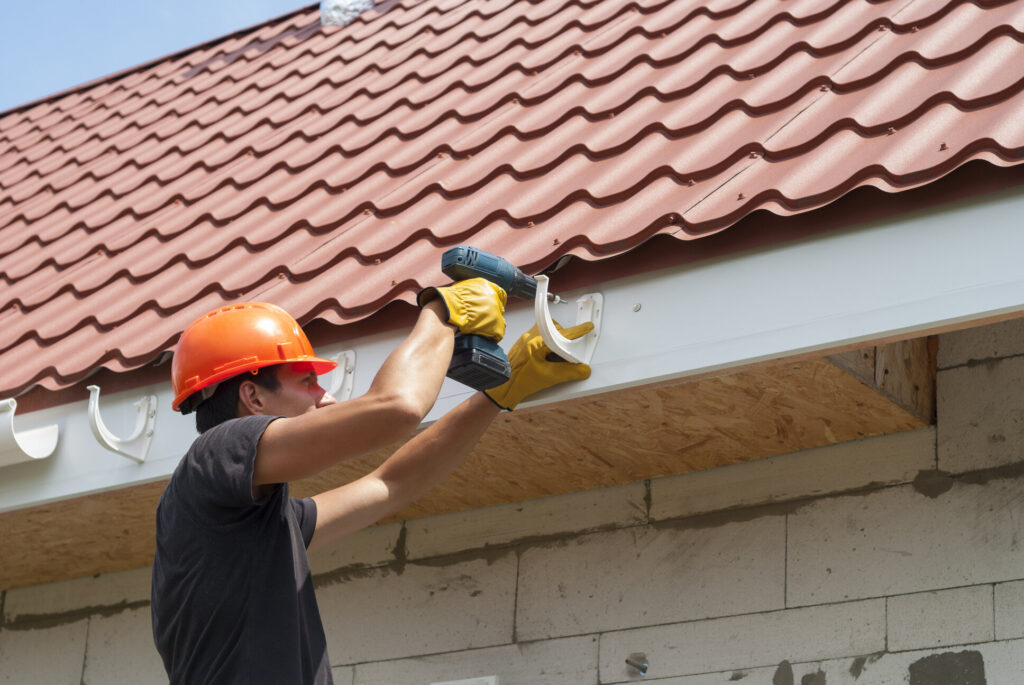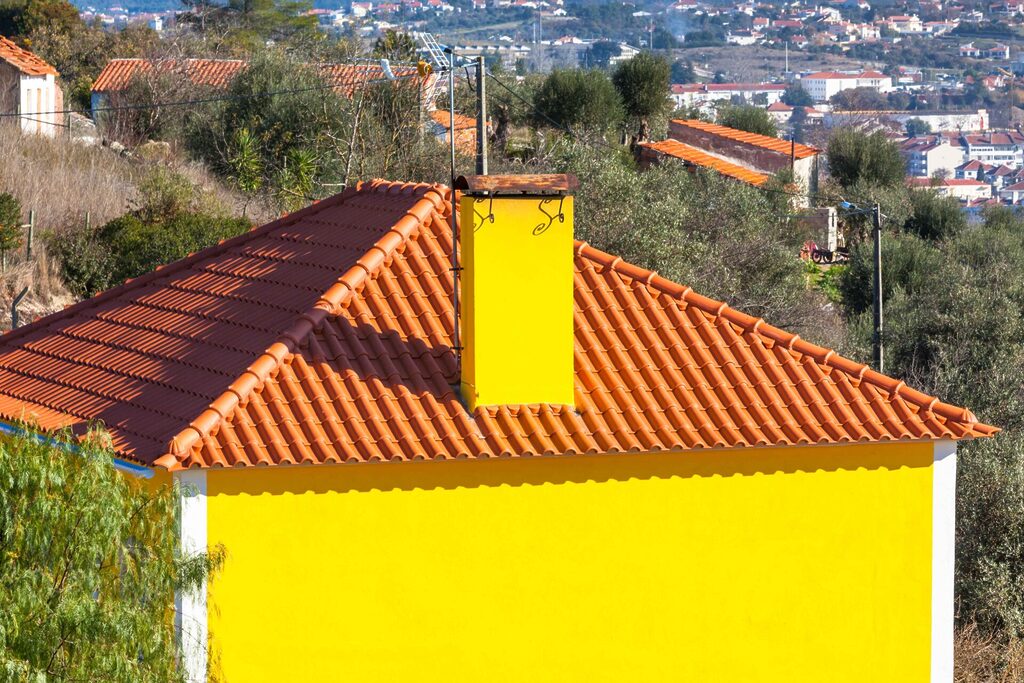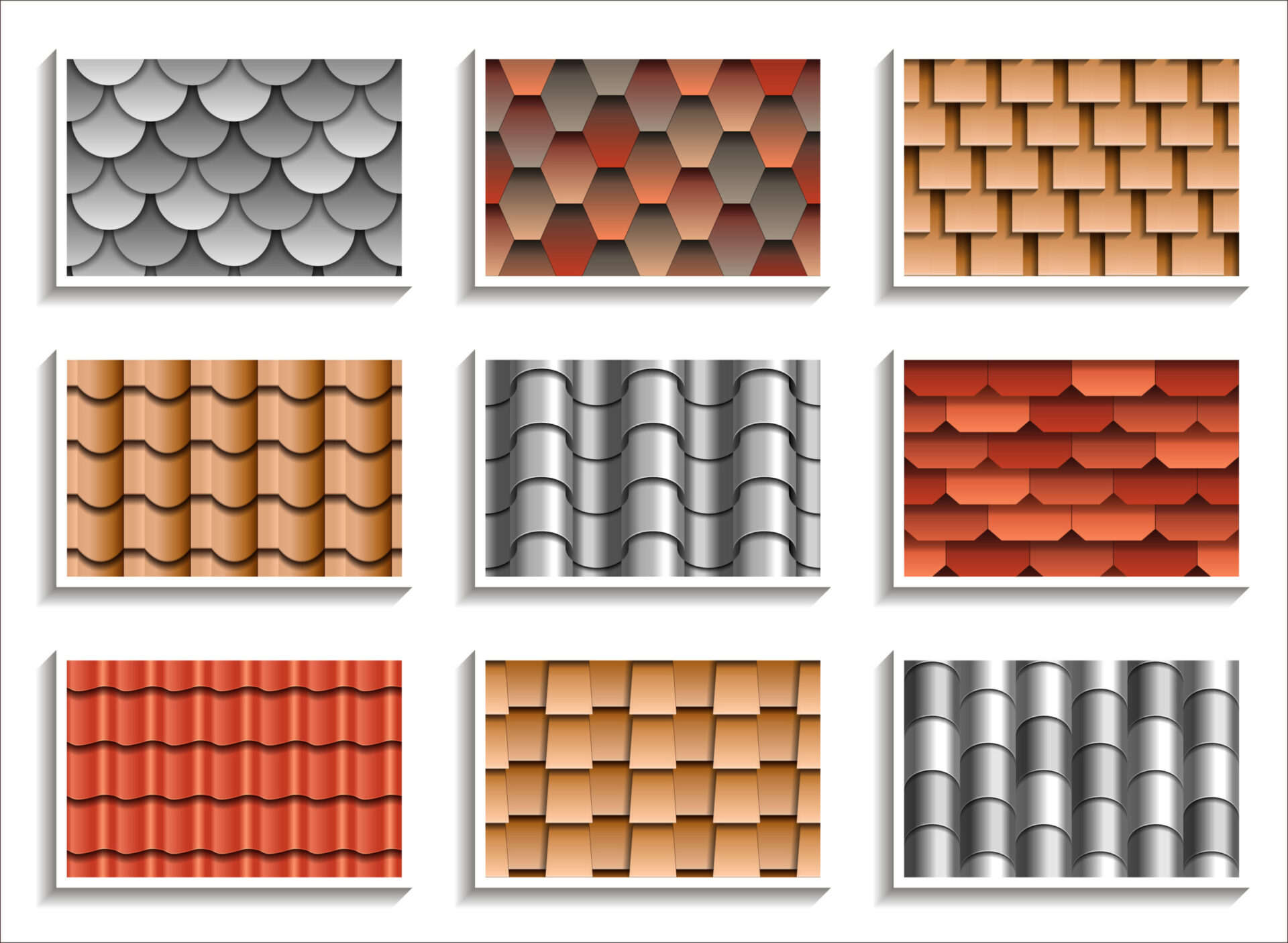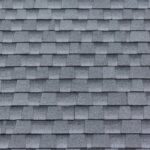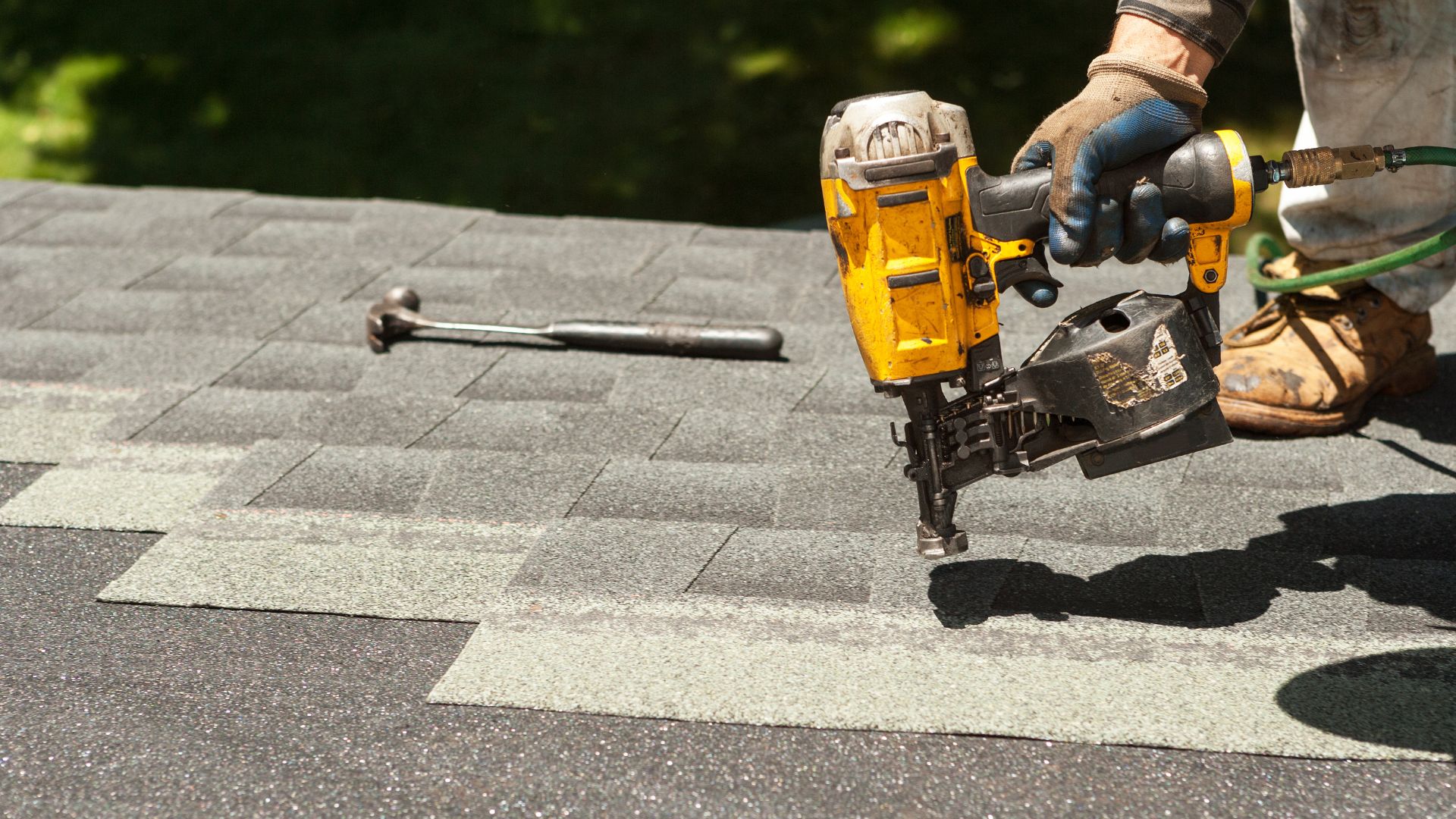
Frequently Asked Questions About Roofing
Roofing is a crucial aspect of any building, as it serves to protect the structure and its occupants from the elements. With a wide range of materials and installation techniques available, it’s essential for homeowners to be well-informed about their options and how to maintain their roofs for optimal performance and longevity. In this comprehensive guide, we will explore frequently asked questions about roofing, covering topics such as types of roofing materials, the lifespan of a roof, warning signs for replacement, maintenance tips, and more. By understanding the basics of roofing, you can make informed decisions about your home’s roof and ensure its durability and effectiveness for years to come.
Q. What are the different types of roofing materials?
A. There are several types of roofing materials, including asphalt shingles, metal roofing, wood shakes and shingles, clay and concrete tiles, slate, and synthetic materials like rubber or plastic. Each material has its own advantages and disadvantages in terms of cost, durability, and aesthetic appeal.
Q. How long does a roof typically last?
A. The lifespan of a roof depends on the materials used, the quality of installation, and the climate in which it is installed. On average, asphalt shingle roofs last 20-30 years, metal roofs 40-70 years, wood shakes and shingles 20-40 years, clay and concrete tiles 50+ years, and slate roofs 100+ years.
Q. How do I know when it’s time to replace my roof?
A. Signs that your roof may need replacement include missing, curling, or cracked shingles, granule loss on asphalt shingles, sagging or uneven rooflines, water leaks or stains on the ceiling, and persistent mold or mildew growth.
Q. How much does a new roof cost?
A. The cost of a new roof varies depending on factors like the materials chosen, the size and complexity of the roof, the region in which you live, and the labor costs for installation. It’s important to get multiple quotes from reputable contractors to determine a fair price for your specific project.
Q. Can I install a new roof over my existing one?
A. In some cases, it is possible to install a new layer of shingles over an existing one. However, this is generally not recommended, as it can cause additional stress on the roof structure and may not address underlying issues like damaged decking or leaks.
Q. What is a roofing underlayment?
A. Roofing underlayment is a protective layer installed between the roof decking and the roofing material. It acts as a barrier against water and moisture infiltration, providing an additional level of protection for your home.
Q. How do I choose the right roofing contractor?
A. When selecting a roofing contractor, it’s essential to look for a licensed, insured, and experienced professional. Obtain multiple quotes, ask for references, and check online reviews to ensure you’re working with a reputable contractor.
Q. What is a roofing warranty, and what does it cover?
A. Roofing warranty typically consists of two components: a manufacturer’s warranty for the materials and a contractor’s warranty for the installation. These warranties may cover defects in the materials, workmanship, or both, depending on the specific terms. Be sure to understand the coverage and duration of your warranty before signing any contracts.
Q. How do I maintain my roof to ensure it lasts as long as possible?
A. Regular maintenance is crucial for extending the life of your roof. This includes cleaning gutters, removing debris, checking for damaged or missing shingles, inspecting for signs of leaks or water damage, and addressing any issues promptly.
Q. What are the benefits of energy-efficient or cool roofing options?
A, Energy-efficient or cool roofs are designed to reflect more sunlight and absorb less heat than traditional roofs, which can help reduce energy costs, improve indoor comfort, and decrease the urban heat island effect. These options may include using reflective roofing materials, installing a radiant barrier, or adding a green or vegetative roof.
Q. How do I know if my roof has proper ventilation?
A. Proper roof ventilation helps prevent moisture buildup and heat accumulation in the attic, which can lead to issues like mold, mildew, and shortened roof lifespan. Look for vents at the roof’s eaves (soffit vents), ridge vents along the top of the roof, and gable vents on the side walls. If you’re unsure about your roof’s ventilation, consult a roofing professional.
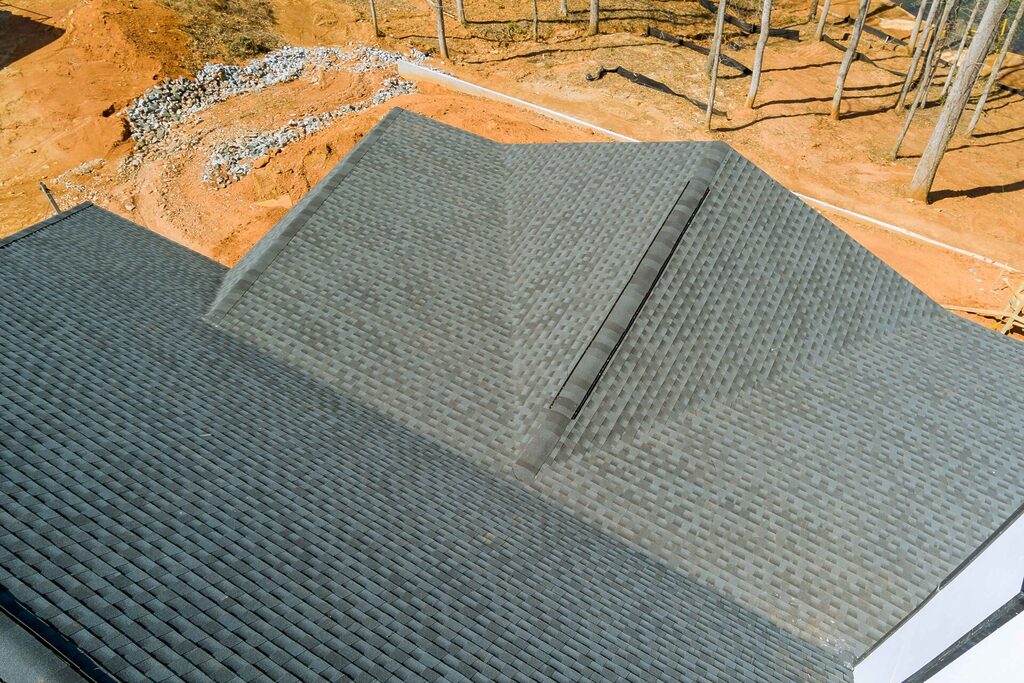
Q. What is the difference between a low-slope and a steep-slope roof?
A. A low-slope roof has a pitch of 3:12 or less, meaning that it rises 3 inches or less for every 12 inches of horizontal distance. A steep-slope roof has a pitch greater than 3:12. Different roofing materials and installation techniques are suitable for each type of roof, so it’s essential to choose the right materials for your roof’s slope.
Q. Can solar panels be installed on my roof?
A. Solar panels can typically be installed on a variety of roof types, including asphalt shingle, metal, tile, and flat roofs. Factors such as the roof’s slope, orientation, and structural capacity, as well as shading from nearby trees or buildings, will influence the efficiency and suitability of solar panels for your roof.
Q. How can I prevent ice dams from forming on my roof?
A. Ice dams form when snow on the roof melts, then refreezes at the eaves, potentially causing water damage to your home. To prevent ice dams, ensure that your attic is well-insulated and properly ventilated to minimize heat buildup, clean your gutters to allow water to flow freely, and consider installing ice and water shields or heat cables in areas prone to ice dam formation.
Q. What is a roof flashing?
A. Roof flashing is a thin sheet of metal or other waterproof material that is installed at roof intersections, penetrations, and edges to direct water away from vulnerable areas and prevent leaks. Flashing can be found around chimneys, vents, skylights, valleys, and eaves.
Q. How do I handle emergency roof repairs?
A. In the event of an emergency roof repair, such as a leak or storm damage, it’s important to act quickly. First, attempt to minimize damage inside your home by placing buckets or tarps under the affected area. Then, contact a professional roofing contractor to assess the damage and provide the necessary repairs. Keep in mind that some temporary fixes may be needed until more permanent repairs can be made.
Q. What is the difference between a roof repair and a roof replacement?
A. Roof repairs involve fixing specific areas of damage or leaks, while a roof replacement involves removing the existing roofing materials and installing a new roof system. Roof repairs are generally less expensive and less invasive than a full replacement, but they may not be sufficient to address more extensive damage or an aging roof.
Q. How do I choose the right color and style for my new roof?
A. When selecting a color and style for your new roof, consider factors such as your home’s architectural style, the climate in which you live, and your personal preferences. Look for roofing materials that complement your home’s design, and consult with a professional if you’re unsure about what would work best for your specific situation.
Q. Can I install a green or vegetative roof on my home?
Green or vegetative roofs involve growing plants on a specially designed rooftop system. They offer numerous environmental benefits, such as reducing stormwater runoff, providing insulation, and mitigating the urban heat island effect. However, not all roofs are suitable for a green roof installation. Consult with a professional to determine if your roof can support the additional weight and maintenance requirements of a vegetative roof.
Q. What is a roof certification, and do I need one?
A. Roof certification is a professional assessment of a roof’s condition, typically provided by a licensed roofing contractor. It includes an inspection of the roofing materials, structure, and any potential issues, with an estimate of the remaining lifespan of the roof. Roof certifications are often required by homebuyers, sellers, or insurance companies during real estate transactions to ensure the roof is in good condition and unlikely to cause problems in the near future. If you are buying, selling, or insuring a property, you may need a roof certification to satisfy the requirements of the involved parties.

